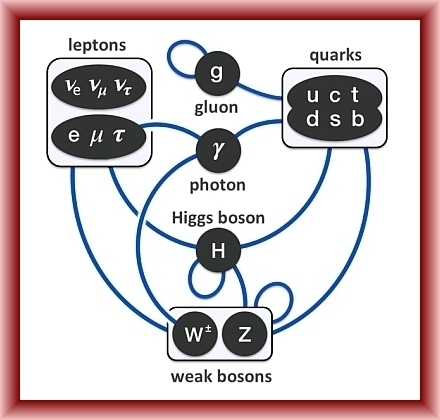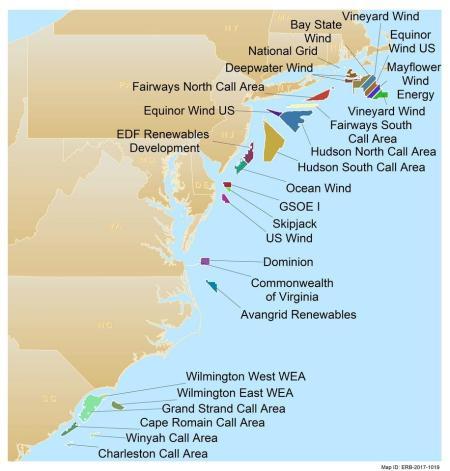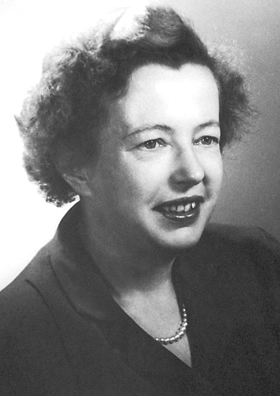John C. Baez's Blog, page 33
March 16, 2021
Can We Understand the Standard Model?

I’m giving a talk in Latham Boyle and Kirill Krasnov’s Perimeter Institute workshop Octonions and the Standard Model on Monday April 5th at noon Eastern Time.
This talk will be a review of some facts about the Standard Model. Later I’ll give one that says more about the octonions.
Can we understand the Standard Model?
Abstract. 40 years trying to go beyond the Standard Model hasn’t yet led to any clear success. As an alternative, we could try to understand why the Standard Model is the wa...
Can We Understand The Standard Model?

I’m giving a talk in Latham Boyle and Kirill Krasnov’s Perimeter Institute workshop Octonions and the Standard Model on Monday April 5th at noon Eastern Time.
This talk will be a review of some facts about the Standard Model. Later I’ll give one that says more about the octonions.
Can we understand the Standard Model?
Abstract. 40 years trying to go beyond the Standard Model hasn’t yet led to any clear success. As an alternative, we could try to understand why the Standard Model is the w...
Mathematics in the 21st Century
I’m giving a talk in the Topos Institute Colloquium on Thursday March 25, 2021 at 18:00 UTC. I believe that’s 11:00 am Pacific Time. In any event, that’s when I plan to show up.
As usual for them, it will be broadcast live on Zoom and also on YouTube, where it will be recorded for posterity. Only Zoom lets you ask questions. The password for Zoom can be found on the Topos Institute Colloquium website.
I’ll say a bit about the developments we might expect if mathematicians could live happil...
March 12, 2021
Vineyard Wind
Massachusetts law requires that the state get 3,200 megawatts of offshore wind power by 2035. This would be about 20% of the electricity they consume. But so far they get only about 120 megawatts from wind, offshore and onshore. Most of the potential wind energy areas shown above have not yet been developed.
This week there’s some promising news about Vineyard Wind, a planned offshore wind farm that should generate 800 megawatts when it’s finally running. This project had been stalled for y...
March 11, 2021
Emerging Researchers in Category Theory
Eugenia Cheng is an expert on giving clear, fun math talks.
Now you can take a free class from her on how to give clear, fun math talks!
You need to be a grad student in category theory—and priority will be given to those who aren’t at fancy schools, etc.
Her course is called the Emerging Researchers in Category Theory Virtual Seminar. You can apply for it here:
The first round of applications is due April 30th. It looks pretty cool, and knowing Eugenia, you’ll ...
March 9, 2021
Language Complexity (Part 5)
David A. Tanzer
Big O analysis
Recall our function f(n) from Part 4, which gives the values 2, 13, 14, 25, 26, 37, …
Using ‘big O’ notation, we write f(n) = O(n) to say that f is linearly bounded.
This means that f(n) will eventually become less than some linear function.
As we said, f(n) has a “rough slope” of 6. So f could never be bounded by e.g. the linear function 2n. On the other hand it looks like f should be bounded by any linear function with slope greater than 6, e....
Magic Numbers
Working in the Manhattan Project, Maria Goeppert Mayer discovered in 1948 that nuclei with certain numbers of protons and/or neutrons are more stable than others. In 1963 she won the Nobel prize for explaining this discovery with her ‘nuclear shell model’.
Nuclei with 2, 8, 20, 28, 50, or 82 protons are especially stable, and also nuclei with 2, 8, 20, 28, 50, 82 or 126 neutrons. Eugene Wigner called these magic numbers, and it’s a fun challenge to explain them.
For starters one can imagine ...
March 6, 2021
Hypernuclei
A baryon is a particle made of 3 quarks. The most familiar are the proton, which consists of two up quarks and a down quark, and the neutron, made of two downs and an up. Baryons containing strange quarks were discovered later, since the strange quark is more massive and soon decays to an up or down quark. A hyperon is a baryon that contains one or more strange quarks, but none of the still more massive quarks.
The first hyperon be found was the Λ, or lambda baryon. It’s made of an up qua...
March 3, 2021
Physics History Puzzle
Which famous physicist once gave a lecture attended by a secret agent with a pistol, who would kill him if he said the wrong thing?

March 1, 2021
Language Complexity (Part 4)
David A. Tanzer
Summarizing computational complexityIn Part 3 we defined, for each program P, a detailed function P'(n) that gives the worst case number of steps that P must perform when given some input of size n. Now we want to summarize P into general classes, such as linear, quadratic, etc.
What’s in a step?
But we should clarify something before proceeding: what is meant by a ‘step’ of a program? Do we count it in units of machine language, or in terms of higher level sta...
John C. Baez's Blog
- John C. Baez's profile
- 29 followers






